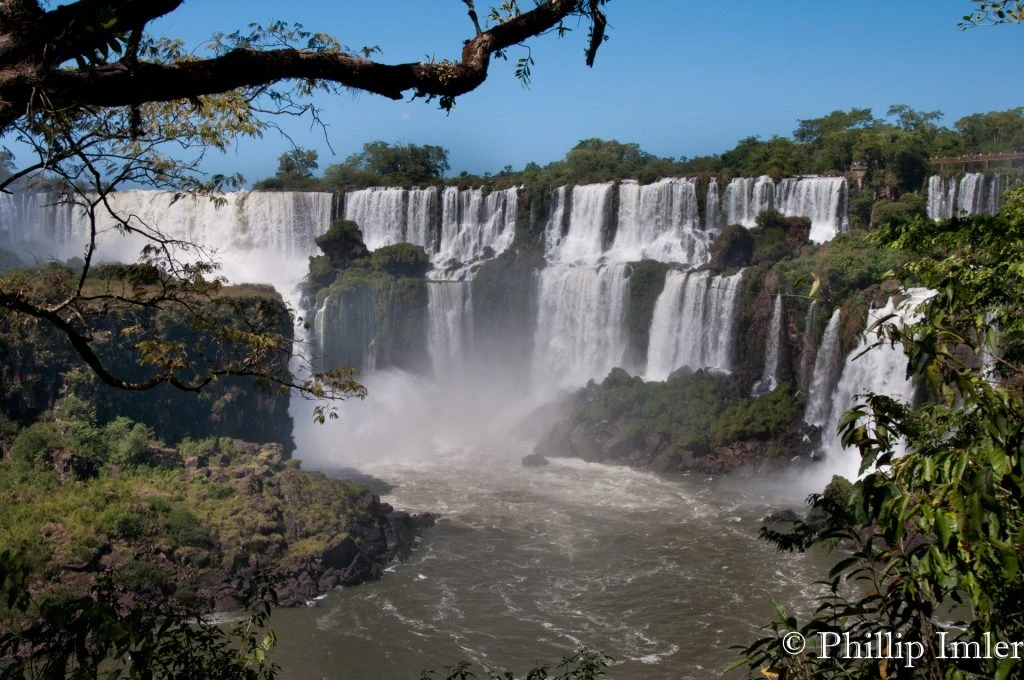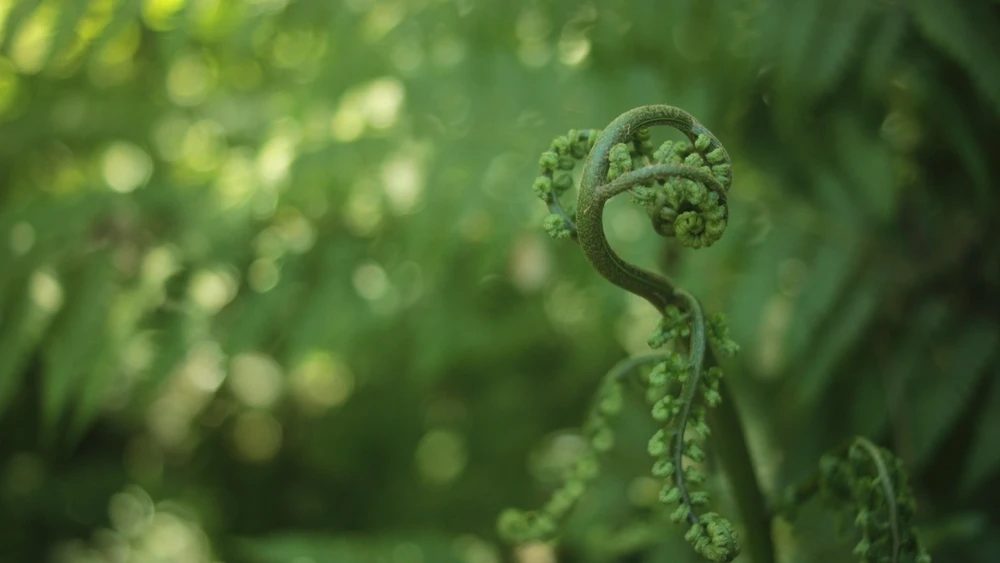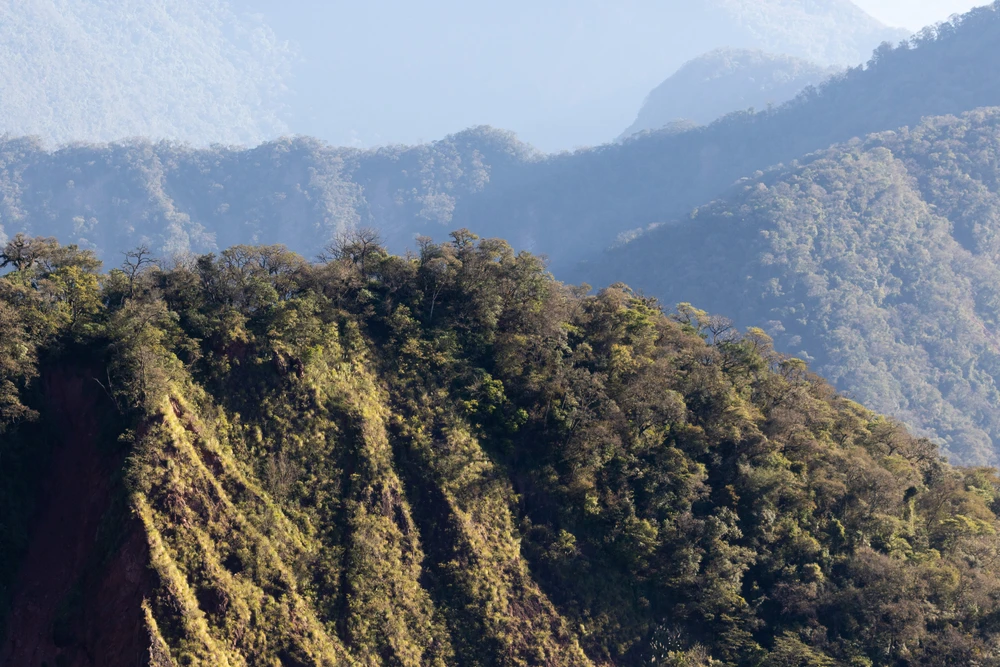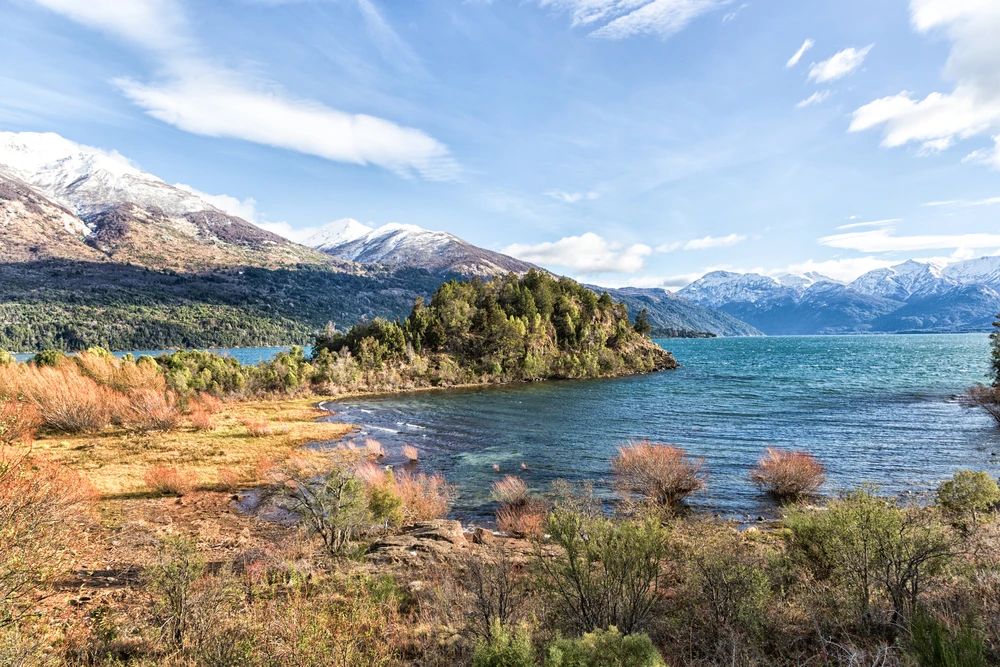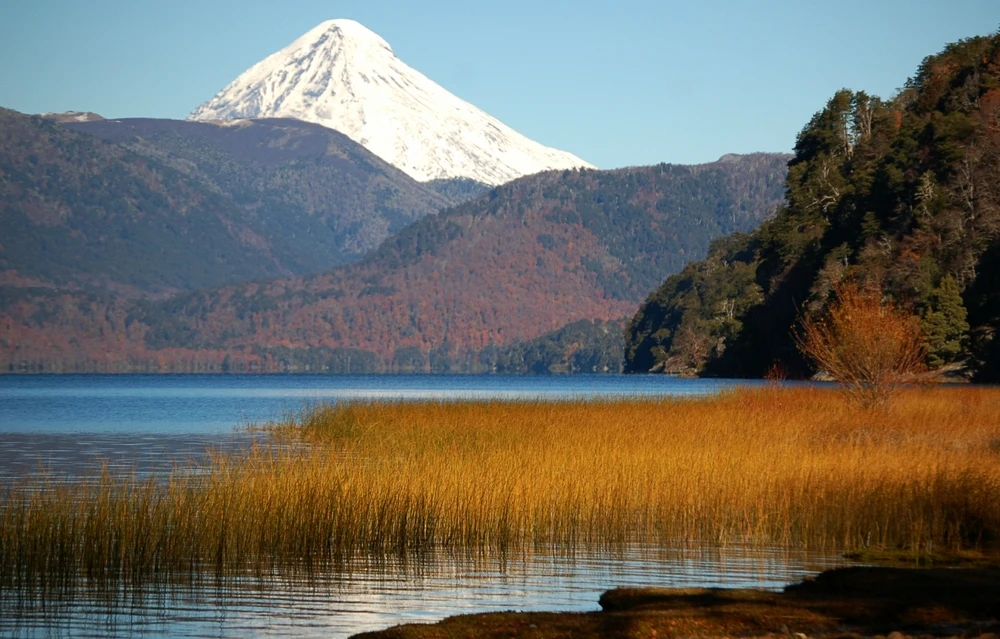Campos del Tuyu Overview
Campos del Tuyú National Park, known as Parque Nacional Campos del Tuyú in Spanish, is a protected area in Argentina that spans approximately 56 square kilometers (22 square miles).
Located in the Buenos Aires Province along the Atlantic coast, it forms part of the country’s efforts to safeguard the unique ecosystems of the Pampas region. This relatively small but ecologically significant park is one of the lesser-known national parks in Argentina, yet it plays a crucial role in protecting critical habitats for native wildlife, particularly the endangered Pampas deer.
The landscape of Campos del Tuyú National Park is characterized by vast grasslands, marshes, and coastal wetlands. The terrain is predominantly flat, which is typical of the Pampas, an expansive biome that extends across much of Argentina. The park’s proximity to the Atlantic Ocean also influences its environment, contributing to a mix of saltwater and freshwater ecosystems.
The vegetation mainly consists of tall grasses, native shrubs, and patches of woodlands that provide shelter for various species. The marshy areas and lagoons within the park are particularly important for maintaining the biodiversity of the region, acting as breeding grounds for many bird species and supporting aquatic life.
The park is best known for being a sanctuary for the Pampas deer, a species that was once widespread across Argentina but has suffered drastic population declines due to habitat destruction and hunting. Campos del Tuyú provides one of the last refuges for this endangered species, allowing visitors the rare opportunity to observe them in their natural habitat. Other notable mammals in the park include the Geoffroy’s cat, the South American gray fox, and the capybara, the world’s largest rodent.
Birdwatchers will find an impressive variety of avian species, including the greater rhea, a large flightless bird native to South America, as well as herons, flamingos, and various migratory shorebirds that use the wetlands as resting and feeding grounds.
One of the most appealing aspects of Campos del Tuyú is its relatively untouched environment, which offers a sense of remoteness and tranquility. Unlike larger and more tourist-heavy national parks in Argentina, this park provides a more intimate experience with nature.
The park’s wetlands and grasslands make it an excellent destination for birdwatching, and photography enthusiasts will find plenty of opportunities to capture the beauty of the Pampas landscape. While the park is not heavily developed for tourism, visitors can enjoy hiking along designated trails, wildlife spotting, and guided educational tours that focus on the importance of conservation efforts in the region.
Conservation remains a key focus of the park’s management, particularly in efforts to protect the Pampas deer population. Habitat loss due to agriculture and urban expansion has been one of the greatest challenges for this species, and Campos del Tuyú serves as a vital stronghold.
Efforts have been made to monitor and support the deer population, while also maintaining the health of the wetlands and grasslands that sustain them. The park’s status as a national protected area has been a success in ensuring that this unique ecosystem remains preserved, though ongoing conservation work is necessary to address threats from climate change and human encroachment.











































































